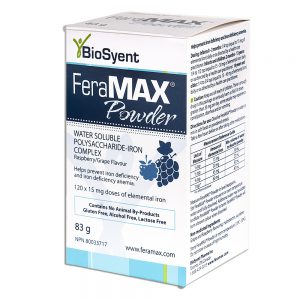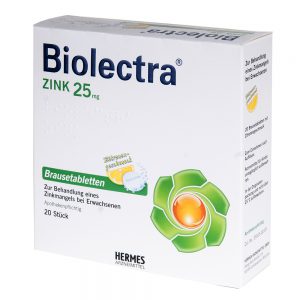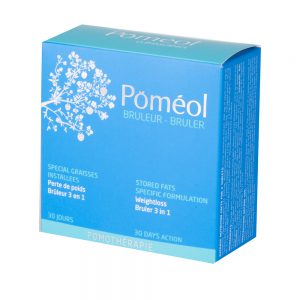Like all medicines, Fucidin® ointment can cause side effects, although not everybody gets them. Important side effects to look out for: You must get urgent medical help if you have any of the following symptoms. You may be having an allergic reaction. This is rare (may affect up to 1 in 1000 people):
You have difficulty breathing
Your face or throat swell
Your skin develops a severe rash
The estimation of the frequency of undesirable effects is based on a pooled analysis of data from clinical trials and from spontaneous reporting.
Based on pooled data from clinical studies including 4724 patients who received Fucidin® ointment, the frequency of undesirable effects is 2.3o/o.
The most frequently reported adverse reactions during treatment are various skin reactions such as itching (pruritus) and rash, followed by various application sjte conditions such as pa in and irritation, which all occurred in less than 1% of patients.
Hypersensitivity and angioedema have been reported. Uncommon side effects (may affect up to 1 in 100 people)
Eczema and irritation of the skin (incl. dermatitis and
contact dermatitis) Rash*
Itching (pruritus)
Redness of the skin (erythema)
Pain at the application site (including burning or stinging sensation on the skin)
Irritation at the application site
*Various types of rash reactions such as erythematous, pustular, vesicular, maculopapular and papular have been reported.
Rash generalised has also occurred.
Rare side effects (may affect up to 1 in 1000 people) Hypersensitivity
Eye inflammation with red eyes and tearing (conjunctivitis) Rash, hives and swelling (angioedema)
Hives (urticaria)
Blisters
Paediatric population
Frequency, type and severity of adverse reactions in children are expected to be the same as in adults.
If any of the side effects become serious or you notice any side effect not listed in this leaflet, tell your doctor or pharmacist.







